Service hotline
+86 0755-83975897
 en
en Release date:2025-02-24Author source:KinghelmViews:1381

The FAKRA connector carries the data flow of complex vehicle internal systems, serving as the bridge between vehicles and the external information world. Its compact design, high-frequency transmission capability, excellent electrical performance, and reliable mechanical connection collectively establish the irreplaceable role of the FAKRA connector in automotive electronic systems.
The FAKRA connector was initially standardized by the German Automotive Industry Standardization Organization and the German Association of the Automotive Industry. It aims to provide a standardized automotive RF coaxial connector. With its compact design, excellent electrical performance, and good mechanical stability, it quickly became an essential part of automotive electronic systems.
● Common FAKRA connectors consist of a plastic shell, outer conductor, center conductor, insulator, crimp sleeve (for harness-end connectors only), and secondary lock (for harness-end connectors only).
● Secondary lock: Ensures terminal installation and increases terminal retention. Secondary locks are typically purple.
● Color coding and mechanical keying: Designed on the mating interface of the connector to prevent incorrect mating, with different color-coded shells corresponding to different keying structures.
● Miniaturization and lightweight: FAKRA connectors adopt a compact design, effectively saving vehicle interior space while meeting the requirements of lightweight vehicle design, contributing to improved fuel efficiency and vehicle performance.
● High-frequency transmission capability: Designed for high-frequency signals, supporting transmission frequencies of up to 6GHz, meeting the high-speed data transmission requirements of modern automotive radar, cameras, wireless communication systems, etc.
● Excellent electrical performance: Low insertion loss, high return loss, and good shielding effectiveness ensure signal integrity and stability during transmission, reducing interference and signal attenuation.
● Reliable mechanical connection: Utilizes locking mechanisms to ensure stable connections during vehicle operation, maintaining reliability even in harsh vibration and impact environments.
● Diverse interface configurations: Configurable with different numbers of pins (usually single-pin or multi-pin) as needed, supporting simultaneous transmission of various signals such as video, audio, data, and control signals.
FAKRA connector wiring process:
● Identify connector type: Determine the specific type of FAKRA connector to be connected, each type corresponding to different functions and signals.
● Align plug and socket: Ensure the plug and socket types of the two FAKRA connectors match. The plug typically has one or more small holes, while the socket has corresponding pins. Align the plug's holes with the socket's pins and gently insert the plug into the socket, ensuring correct alignment.
● Secure connection: After inserting the plug into the socket, gently rotate the plug until the threaded locking mechanism secures the plug. Ensure the plug is securely connected to the socket.
● Check connection: Finally, check that the connector is secure and there is no looseness between the plug and socket.
● FAKRA connector: Widely used standard connector in automotive electronic systems with reliable mechanical performance and high-frequency transmission capability, suitable for various types of signal transmission such as audio, video, and data. FAKRA connectors use color coding to differentiate between connector types and functions.
● HSD connector: Another connector used in automotive electronic systems, primarily for high-speed data transmission, especially differential signal transmission. HSD connectors have excellent interference resistance and high-speed transmission capabilities, widely used in automotive applications such as image sensors and radar systems.
1. Antenna connections: Used for connecting vehicle GPS, radio, mobile phone, and cellular network antennas, ensuring vehicles can receive and transmit wireless signals.
2. Sensors and radar systems: Connect radar sensors, cameras, and other devices in ADAS for real-time environmental perception and intelligent decision-making.
3. In-vehicle entertainment systems: Connect audio and video equipment (e.g., DVD players, displays, and audio amplifiers), providing passengers with a rich entertainment experience.
4. Communication and remote information processing: Support in-vehicle Wi-Fi, Bluetooth connections, and remote service systems, achieving seamless vehicle integration with the external information world.
5. Vehicle networks and control systems: Serve as interfaces for CAN bus, LIN bus, FlexRay, and other network systems, facilitating data transmission and control between various vehicle internal systems.
With the continuous improvement of data transmission rates and the emergence of new technologies, FAKRA connectors will continue to optimize their performance and expand their application areas. They will provide more efficient and reliable data transmission solutions for next-generation vehicles such as autonomous and smart-connected vehicles.

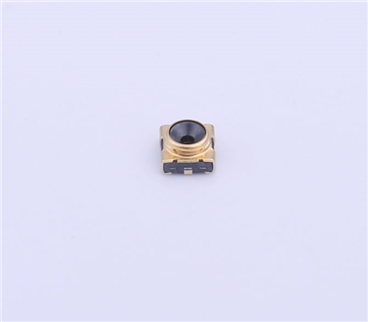
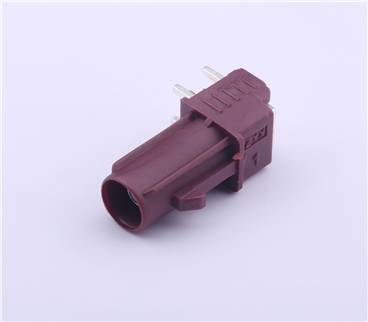
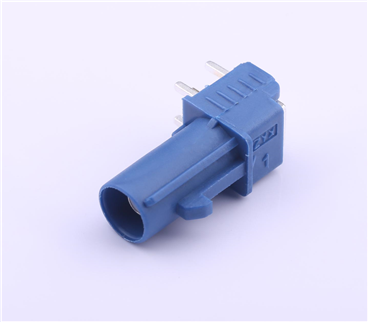
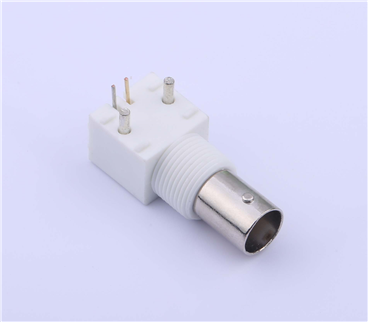
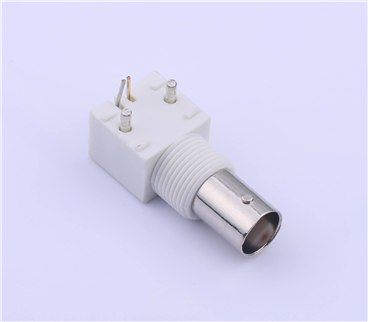
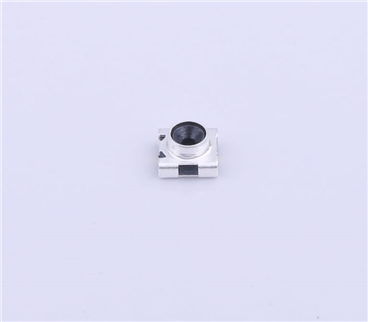
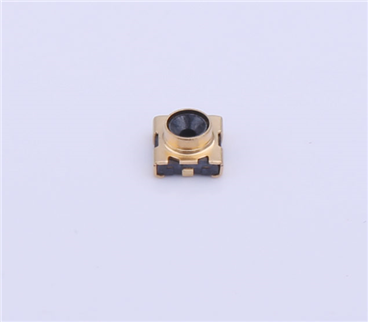
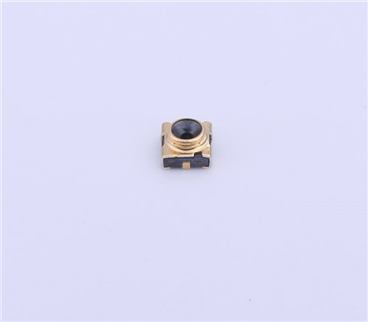
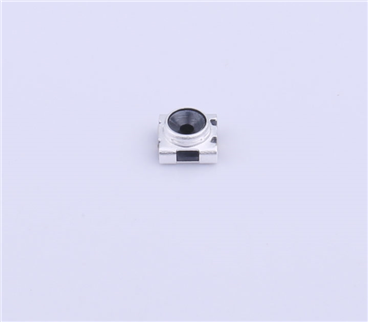
Copyright © Shenzhen Kinghelm Electronics Co., Ltd. all rights reservedYue ICP Bei No. 17113853
